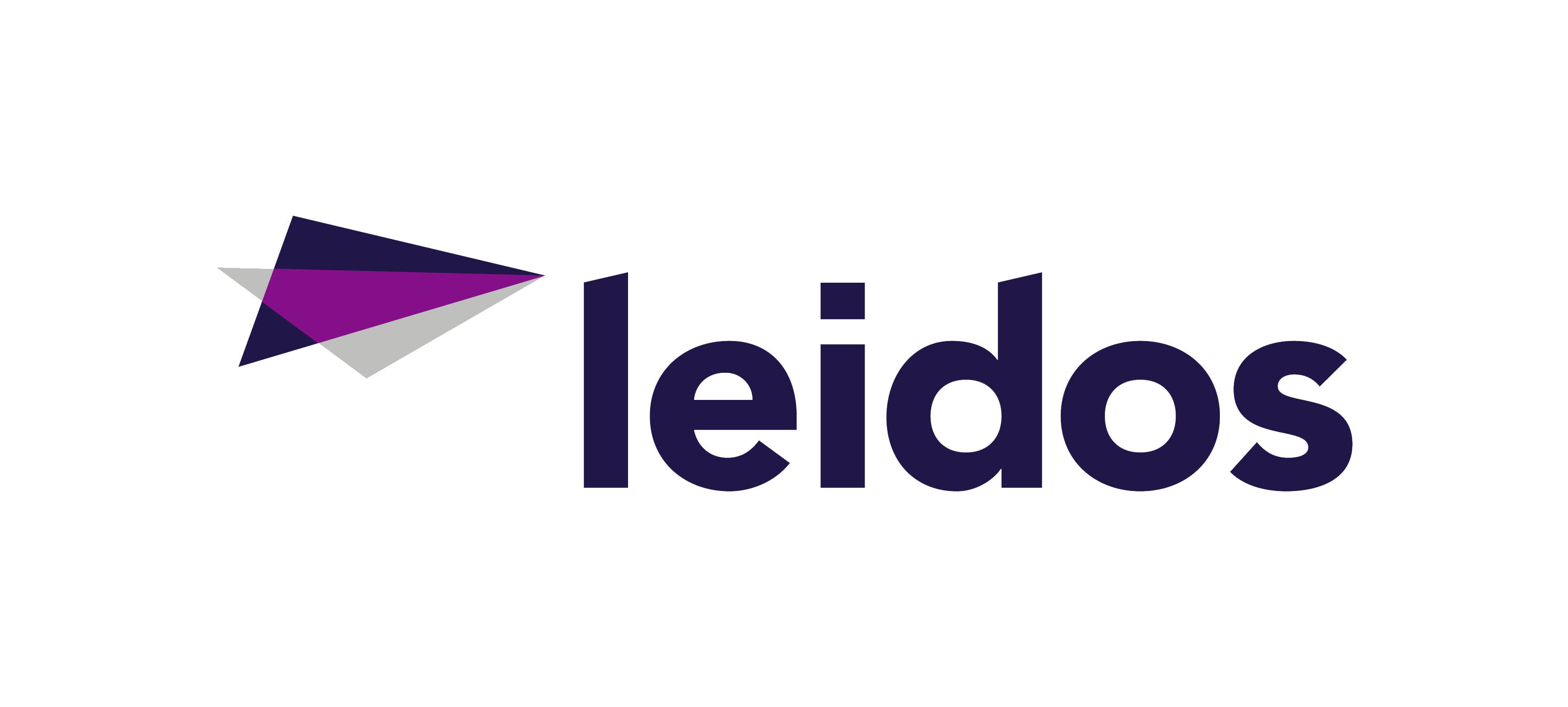sponsor content What's this?

Leidos
Enabling the future of human spaceflight
As NASA prepares to push the boundaries of space exploration on the moon and Mars, industry partnerships are more critical than ever.
Presented by
Leidos

The National Aeronautics and Space Administration (NASA) is embarking on a groundbreaking transitional phase. While it plans to sunset the International Space Station (ISS), where it has maintained a continuous human presence for more than 22 years, the agency is looking forward to a new era of space exploration and research. Half a century after Neil Armstrong’s first lunar steps, NASA’s Artemis plan outlines a series of missions on and around the moon in preparation for a monumental milestone: sending the first astronauts to Mars.
“It’s an ambitious goal, it’s a complex mission and it’s a very necessary endeavor,” says Rick Hohmann, Leidos NASA IT vice president and division manager, of returning to the moon in search of “scientific discovery, economic benefits, and inspiration for a new generation of explorers.”
Like all of NASA’s programs, it’s an endeavor that will require industry support or, as Hohmann says, “enablers” — a role his team is already playing for other NASA projects, such as the NASA End-User Services & Technologies (NEST) and Advanced Enterprise Global Information Technology Solutions (AEGIS) contracts.
“We provide the technology to enable these missions, to be able to connect all of NASA’s partners with our services,” Hohmann says. “We connect and create synergies across NASA. To do that we must really understand the different missions, whether it’s support for human spaceflight operations, or it’s supporting earth science missions, or whether it’s supporting imagery from NASA telescopes like James Webb.”
Think of the technology landscape during the first lunar landing in 1969 and fast forward to the present. The development of GPS and the internet, smartphones and the Internet of Things (IoT), the cloud, artificial intelligence and machine learning — so many advancements in the past 50-plus years promise to transform human spaceflight. But as NASA’s technology toolkit grows, so does its need for technology partners.
Building on successful partnerships
The splashdown landing of Artemis I marked a major milestone in the Artemis program, a mission supported by AEGIS-driven network modernization to ensure seamless communication and maximize efficiency.
As the prime contractor for AEGIS, Leidos is also able to leverage its security-first approach to the cloud journey, as well as data center management, resulting in improved agility, resilience and security. This work requires a deep understanding of all angles of the NASA mission, including which applications are best on-premises versus in the cloud to develop a balanced hybrid cloud strategy.
“With AEGIS, we’re enabling all of the NASA missions as we support critical portions of the NASA network, delivering data to mission controls centers, key stakeholders, and partners via highly redundant, highly resilient, and robust systems,” Hohmann says.
At the same time, through NEST, Leidos is providing enterprise IT end-user services to support the business, research and scientific needs of NASA’s 60,000 person workforce. Even among federal entities, NASA is a particularly unique agency with unique IT needs.
While NASA requires cutting-edge artificial intelligence and machine learning solutions to test the limits of the human experience, it also needs day-to-day IT and user experience enhancements to make that work possible. For more than 50 years, Leidos has supported both ends of that spectrum, from the IT and engineering expertise of NEST and AEGIS to supporting highly skilled mission flight controllers and, more recently, developing innovative digital approaches that enable ISS cargo provisioning services despite budget constraints.
“The NASA culture is second to none, and that culture is what binds everyone to the mission,” Hohmann says. “There’s a safety culture there, but there’s also an exploration vision. It’s a balance — looking beyond the stars, trying to do the impossible, but then managing the risk of everything you do, how you’re doing it and why you’re doing it. Each day, each process, each procedure, each technology you’re providing has a reason that goes into the greater mission.”
The future of flight
Leidos has a track record of enabling organizational transformation, including for the Federal Aviation Administration. Building on nearly 20 years of operating Flight Services on behalf of the FAA, Leidos is now helping the agency innovate “Future Flight Services” to modernize and enhance full-service capabilities of pilots.
Having already achieved savings of $2.1 billion while enhancing safety and efficiency, Leidos and the FAA are continuing their partnership with a goal of further transforming services through interactive maps, next generation briefings, customer service and resource upgrades and more.
For both air and space travel, support is paramount. For every pilot and astronaut onboard, dozens behind the scenes are busy streamlining the communication, safety, technology and efficiency necessary to push missions forward.
“I’m excited about being a partner to NASA, helping them achieve their objectives by providing IT innovations, automation, resilient and robust systems so they can focus on the mission,” Hohmann says. “We're enabling that mission through our technology insertion, through our best practices, through our risk-averse approach but also agility and speed of delivery to help them get to where they need to be to enable the exploration of humans peacefully to the moon and Mars.”
This content is made possible by our sponsor, Leidos. The editorial staff of GovExec was not involved in its preparation.
NEXT STORY: Navigating the AI frontier: How agencies can embrace digital transformation with Salesforce






